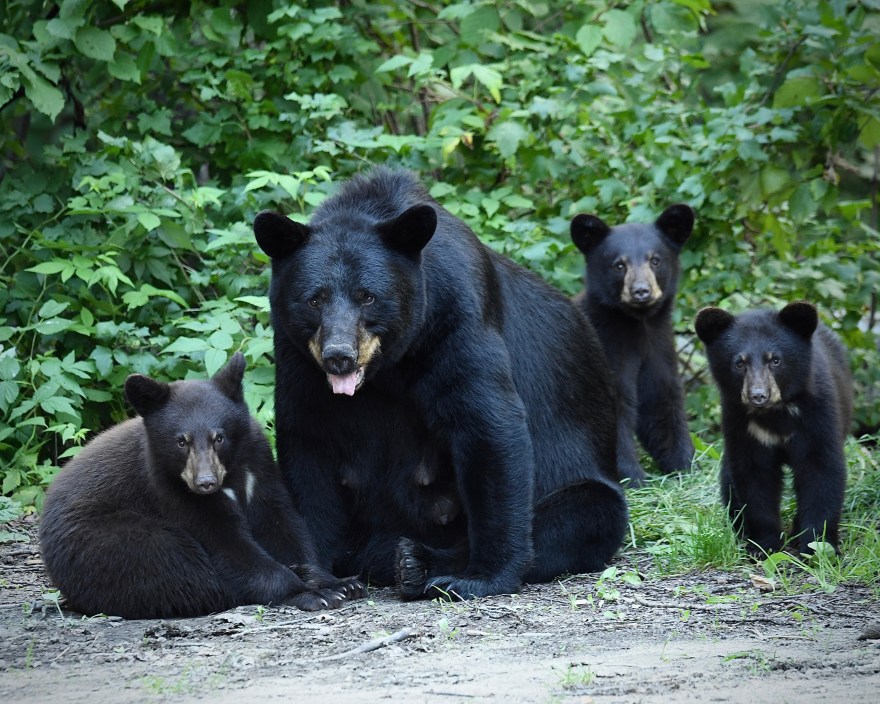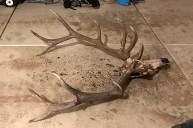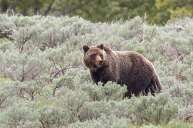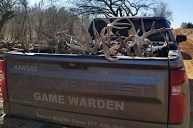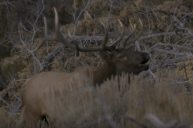Social media can be a tricky thing when it comes to hunting. The pressure to post your hunting harvests and inundation of hunting "influencers" can also change your relationship to the past-time. But if used correctly, social media can also be a positive thing for the hunting community, bringing together like-minded people, encouraging beginners, and exposing people who otherwise wouldn't hunt to the sport.
It can also be used to catch poachers.
Last week, a Washington man's flagrant Instagram and onX posts of his hunting "successes" led to his arrest on several accounts of poaching.
On September 7, the Office of the Attorney General in Washington filed criminal charges against Jason Smith of North Bend, Washington. According to a press release, Smith is accused of poaching 13 animals over the course of two hunting seasons. The charging documents allege that Smith killed bears and elk in 2021 and 2022 at or near his home, without proper tags, out of season, and over the bag limit. He also illegally baited the animals.
Court documents reveal that investigators used Smith's own social media posts and data from his onX Hunt account during their investigation.
According to the affidavot, back on September 11, 2021, Smith posted two pictures of dead bull elk to Instagram, including descriptions of how he tracked and killed both with a bow and arrow. Feds compared this to his onX Hunt maps data, which showed that Smith was in North Bend at the time and has created two waypoints on the map, one labeled "smell elk" and another labelled "elk sign."
Smith's iPhone data, obtained through a warrant, also revealed several images of dead elk and direct messages he sent via Instagram about killing elk that day.
However, investigations revealed that he didn't have a valid elk tag when he took those photos.
A few days later, data from Smith's Instagram and onX Hunt once again condemned him: According to the affidavit, Smith had taken photos and videos of the distressed bear cubs, and marked the location on his onX maps as "cubs treed." Smith then posted photos of a mama black bear with her cubs eating at a bait pile a few feet from his door. It is illegal to hunt bears over bait in Washington. Nonetheless, a few minutes later, Smith took a photo of a blood trail and loaded it into onX.
He also posted on Instagram about the incident, saying that he "had an opportunity at a great black bear with [his] bow" and got a "great shot that hit hard and penetrated deep."
Smith continued with his flagrant posting of his poaching. Just four days later, on September 29, Smith took photos of another bear eating from his bait pile. The next day, he posted a photo of a dead bear lying just 38 yards from the bait.
Per the affidavit, on the Instagram post, Smith wrote "I wanted this bear bad, especially after my failed attempt a week prior," he wrote. "Persistence in the mountains pays. If you quit, the hunt is over. I love that there are no participation trophies in the mountains. You get what you earn. Nothing more, nothing less."
What Smith has earned is 32 criminal charges for his poaching.
If found guilty, Smith faces 5 years in prison, and a $10,000 fine for each of his two felony charges, which stem from the "first-degree unlawful take of big-game", according to the press release. Smith also faces 27 misdemeanors for second-degree unlawful take of big game, unlawful black bear hunting, and unlawful waste of wildlife. Each of those charges has a penalty of 364 days in jail and a $15,000 fine. First-degree unlawful takes differs from second-degree in that the person charged must have similar convictions in the last 5 years, or took three big game animals within a 24-hour period.
READ MORE: The Worst Poaching Cases So Far in 2023
